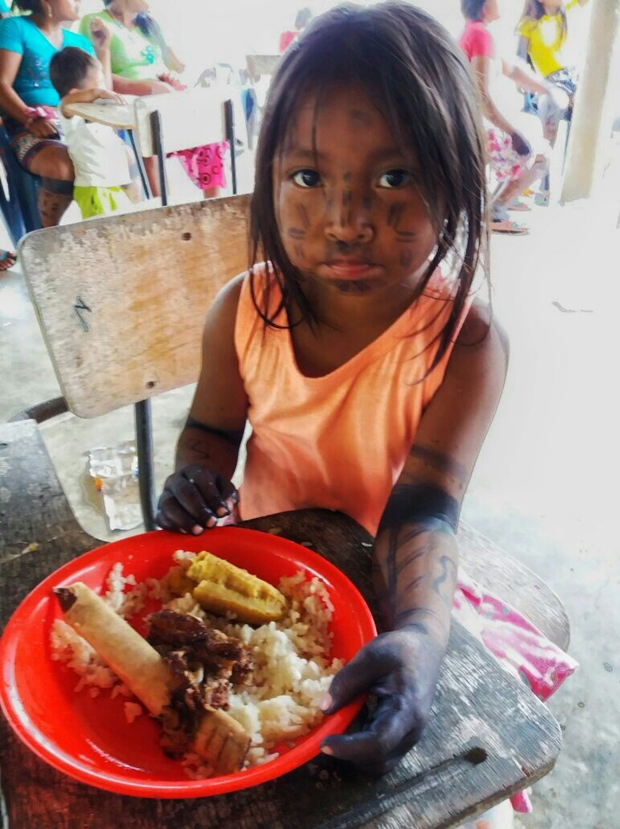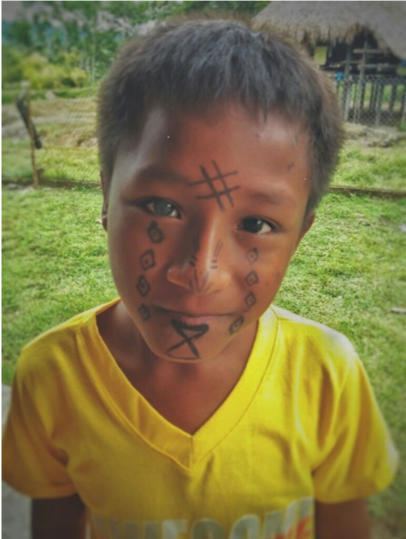Within the framework of the 2nd interdisciplinary meeting of knowledge, archives and photographic collections (Isayaf), "Knowledge in movement", which promotes the exchange of investigative experiences, through photography, held between September 3-8, 2018, the UNESCO Chair on Sustainability awarded two research grants to student Yulisa María Páez and photographer Iván Leonardo López Martínez, for their research and photographic records with the EMBERA KATIO community in Alto Sinú (Cordoba, Colombia).

The event aimed at undergraduate and graduate students, and professionals in the area of social and human sciences, education, history, architecture, journalism, memory center and population in general, was in charge of the Caribe Vivo Foundation and Uvendor Foundation, with the support of entities such as the Cultural Area of the Bank of the Republic, the UNESCO Chair on Sustainability of the UPC and the Master of Social Sciences of the University of Córdoba.
The two researchers open a window to know how the Embera Katio community from the Alto Sinú, evidence sociocultural change processes that mark substantial transformations from the occupation of the territory by the KAPUNIA (Mestizo population). Visual research models reconstruct daily living through the observation and analysis of images. Photography manages to present a diversity of views and possibilities for approaching and interpreting themes such as life at home, raising children, analysis of the iconography embodied in facial and body painting, among others.
Photography becomes in a tool of historical, ethnological and scientific value of the visual archives of EMBERA KATIOS people and of the Colombian nation, as an important method of ethnographic research.
Yulisa María Páez, is a student of V semester, from the program of Social Sciences Grade, of the University of Córdoba-Colombia. Active member of the Research Center of Historical Memory and Cultural Heritage directed by Dr. María Alejandra Taborda Caro.
His research Tittle: Beguido: Culture, Faces and Forgetfulness. The Work is an approach to the historical resistance exercised by the Embera Katio people, a research that shows in a reflexive way its social context. The faces photographed as well as portraits, are people with their own stories: ... '' faces are the mystery of the world, it is something that represents us, it is an endless light to look at, that is why I call them mysteries, because they manage to transmit sensations, as many as you allow yourself to perceive, they lead the observer to feel, think and evoke ... as a Cordoban reminds me of a past and where I come from ... ", says the scholar.
Iván Leonardo López Martínez is a photographer who has done studies in advertising, plastic arts and airbrushing. From 2013, he has participated in exhibitions at regional level and in the realization of pieces of Art street. After exploring and studying various pictorial techniques, he finds in oil the technique that best adapts to his rhythm and creative method. Some elements that seem purely formal, such as light, dark and texture, are important in his work because their contrasts show a struggle that seeks to maintain faith in a change of thought in favor of improving our relationship with the earth and with ourselves. His work is framed in creating characters with whom he seeks to generate a direct reaction with each viewer, making them a sort of mirror of humanity, inviting reflection on our roots and the current consequences of the automation of our species.
Currently as an artist, he works in the field of visual arts, experimenting with illustration, oil painting, muralism, body paint, documentary and artistic photography, film art and audiovisual projects. Also as a musician being a percussionist of alternative and folkloric bands of Montería-Córdoba.
His photographic record of the Embera Katio community is titled VESTIGIOS.


















Commentaires